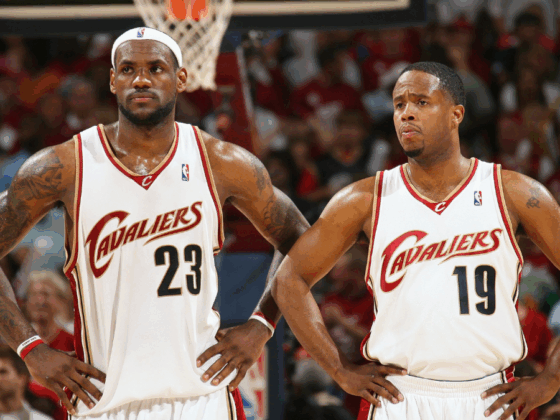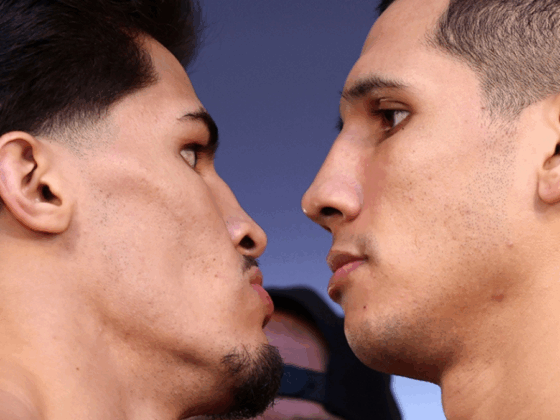
Bemoaning the loss of one thing due to general improvement and evolution is a very human reaction. As the movie industry has exemplified over the last half-decade, sentiment is powerful and it is much easier to miss something specific than to recognize overall advancements.
A prime basketball example of this is the reduction of post-ups in the NBA. Free flowing, fast-moving, and three-point shooting offenses have taken the place of literal standstill actions that occasionally possess balletic results. This has been generally positive for a league that was floundering when the least marketable center in NBA history dominated the game. Succeeding with a post-up bank shot and winning an NBA championship with his team averaging 87.3 points per game.
In its place, teams now win by shooting tons of threes, running at a pace that has not been seen since the 1980s, and send constant screens. This free-flowing kind of offense with incessant screening has brought along a defensive strategy called switching. When encountering screens, the two defenders simply switch who they are guarding. This defense has not only helped teams against the nearly unstoppable offenses they have to encounter but has caused offenses to change as well.
Teams now seek out their best matchup. Screening until their best ball handler goes up against the opposing team’s worst defender. This is how James Harden, as Daryl Morey put it, made isos an efficient shot. Unfortunately, not all players have the offensive skill of James Harden and as mentioned, isolations are not an efficient playtype. This is why NBA teams this season have taken a different approach: Find the smallest defender and post him up against a much, much larger player.
This is a major reason the New Orleans Pelicans, led by Anthony Davis, are currently destroying every team in their path with an offensive rating of 120. They have three frontcourt players that can absolutely destroy their defender in the post after one switch.
Here they have Nikola Mirotic set an off-ball screen for Darius Miller. Current defensive strategies tell Lou Williams and Luc Mbah a Moute to switch on this to stop the stellar three-point shooter. Doing so, however, puts the much smaller Williams on Mirotic. Both Mirotic and Miller recognize this and get Mirotic one of the easiest post-ups you will see.
With the exact same play, Anthony Davis sets the screen instead of Randle and gets matched up on Chris Paul who he then easily shoots over the top of.
The Pelicans have used these off and on ball screens to get their stellar frontcourt players easy looks and many other teams in the league are enacting a similar strategy with their wings and bigs.
While acknowledging the small sample size, there are currently seven teams that post-up 10 or more times a game. Since that statistic was tracked (2015) the most teams to average 10+ post-ups per game were four. These teams are not the ones looking for answers either, six out of the seven are currently in the playoffs and one, the Sacramento Kings, are a surprising 3-3.
There are three teams averaging 16 or more post-ups per game as well, with the New Orleans Pelicans averaging the most with 21. No team has averaged more than 12.9 over the last three seasons!
The team feeling the wrath of this new strategy the most was one of the league’s best defensive teams last year and one that most curated the necessity for switching: the Houston Rockets. They are getting posted up an astonishing 15.7 times per game and are currently the 26th best defense in the league. Teams are jumping at the chance to post up their smaller players after a switch.
This strategy is not only incredibly effective but may just stick around. Ball handlers like Harden are unique and although other franchises have attempted to mimic this strategy, they are not nearly as effective.
NBA big men, however, will always be much larger than guards. Their size remains the same no matter the talent and getting a look at the rim against someone five to nine inches shorter will always be a good look. Teams have recognized this flaw in switching and are now getting their biggest players good post-up opportunities and getting the ball to them quicker.
With again recognizing sample size, this has resulted in eight teams averaging over one point per possession on post-ups. Only one other team has done this since 2015. Now, this includes two teams with 6 or fewer post-ups but it also includes three teams with over 30 post-ups and one with 63.
Posting up in the NBA is largely seen as an inefficient way to score but plenty of teams are now utilizing it to get easy looks for their larger players. Because of this, the teams with the best bigs may once again be the team that is simply the best. The death of post-ups was caused by fast, three-point shooting offenses. Their rebirth may just be credited to the exact same thing.









